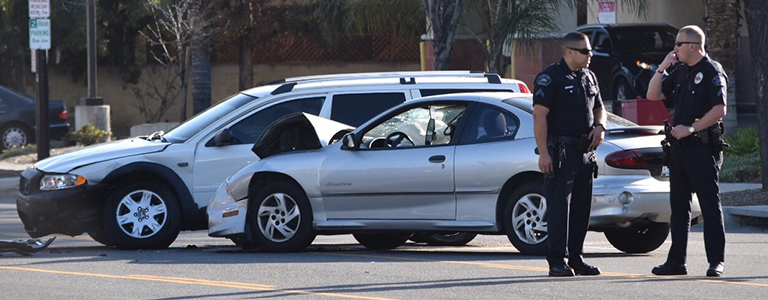
More often than not, collisions result from driver negligence or recklessness. It’s often fairly clear who’s at fault for a crash, but sometimes, it’s not the driver on the road – sometimes, it’s the company that put that vehicle on the road. While today’s vehicles are designed with a larger emphasis on safety than ever before, cars, like any machine, are vulnerable to defects and malfunctions.
The National Highway Traffic Safety Administration (NHTSA) regularly recalls millions of vehicles for even having a single defective part, and for extremely good reason. Defects can be the cause of crashes that result in severe injury or death. Below are some common defects that lead to motor vehicle collisions and what you should do if you’re injured in a crash.
Common Vehicle Defects
All of the following are common defects that can result in (or contribute to the result of) a motor vehicle crash:
- Malfunctioned steering components: Power steering could lock, the wheel could drift one way, or the wheel can shake, resulting in loss of driver control.
- Tire and/or brake failure: A sudden blowout or loss of brakes could cause a sudden, violent loss of control.
- Defective airbags: Airbags are meant to protect drivers from head injuries, but they could deploy too soon, not soon enough, or ironically result in deadly head trauma. In recent years, the unprecedented NHTSA Takata recall resulted when the airbags would explode metal shrapnel toward the vehicle occupants.
- Seatbelt failure: A seatbelt that unbuckles or breaks apart during a crash fundamentally fails its purpose. According to OmniCalculator, a car crash at 30 mph feels like over 3 tons of force acting upon the average human body weight. Remove a seatbelt from the equation, and it multiplies to over 15 tons of force, potentially making a deadly collision much deadlier than it’d be otherwise.
- Electrical failure: A short-circuited radio, battery, or electrical system could cause the car to catch fire and likewise make a crash far deadlier than it’d be otherwise.
Fires and burst tires are generally pretty visible, but how do you prove that the less obvious defects caused a collision?
Proving Liability and Damages
The burden of proving a vehicle malfunction falls on the injured plaintiff. They must conclusively establish that a defect caused or worsened a collision, and they must substantiate that with salient evidence. This includes obtaining video and photographic records of the crash (if possible), existing stories that corroborate the vehicle defect, and often, analysis by experts who have technical knowledge of auto manufacturing standards.
In addition to establishing liability, plaintiffs must prove their damages. This can happen by providing financial records that establish the following:
- Medical expenses
- Vehicle repair expenses
- Lost wages
- Physical and/or emotional pain
- Funeral expenses (if wrongful death)
You also should provide proof of your intangible losses, including pain and suffering caused by your injuries.
Consult with a Fargo Car Crash Lawyer
Proving auto defects is a complex process, and you want the right legal representation. Our team has years of experience dissecting the complexities of auto collision claims and other cases, and we have the know-how and resources needed to protect your rights. For the best personal injury representation in Fargo, email Tim O’Keeffe, Tatum O’Brien, or Sara Monson, or reach the O’Keeffe O’Brien Lyson Attorneys team by phone at 701-235-8000 or 877-235-8002 toll-free.



